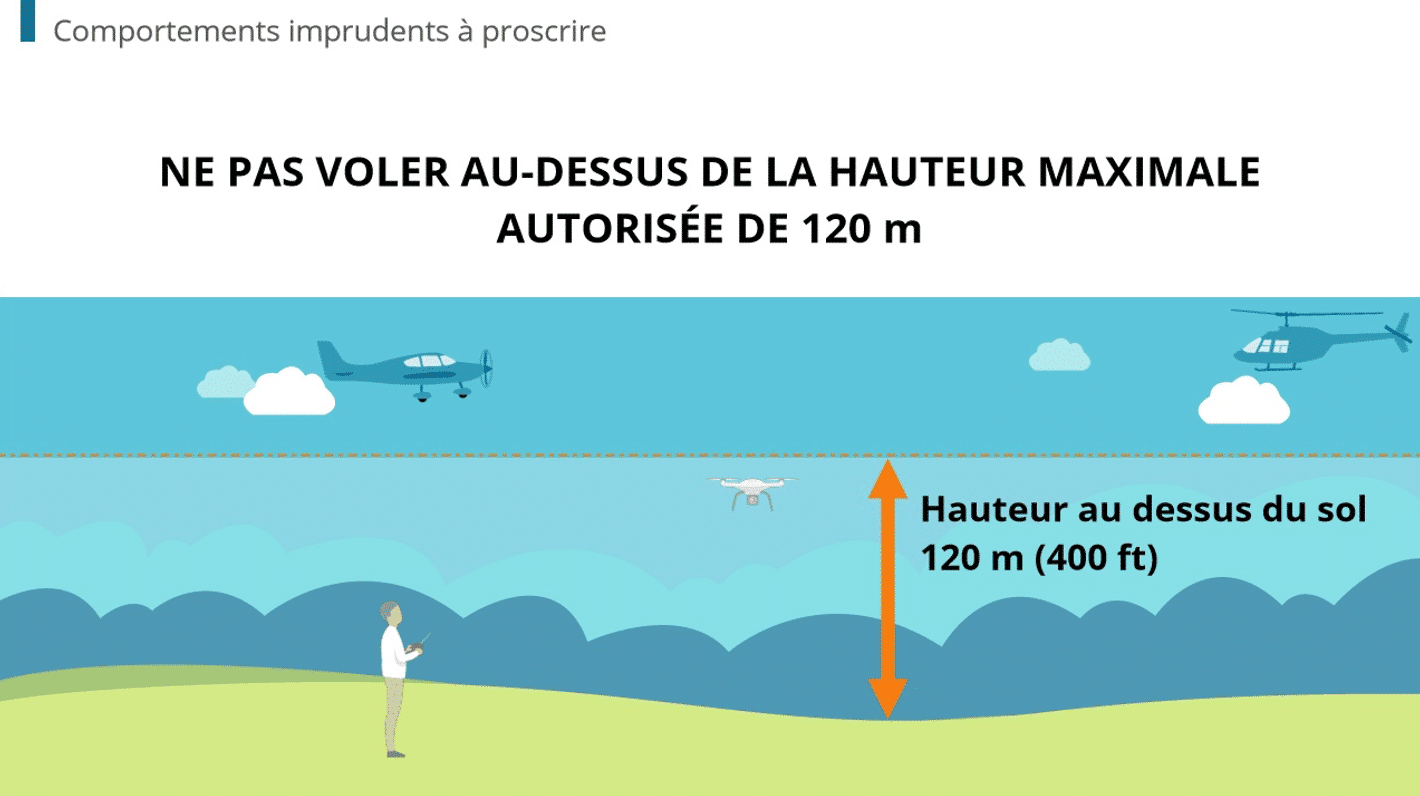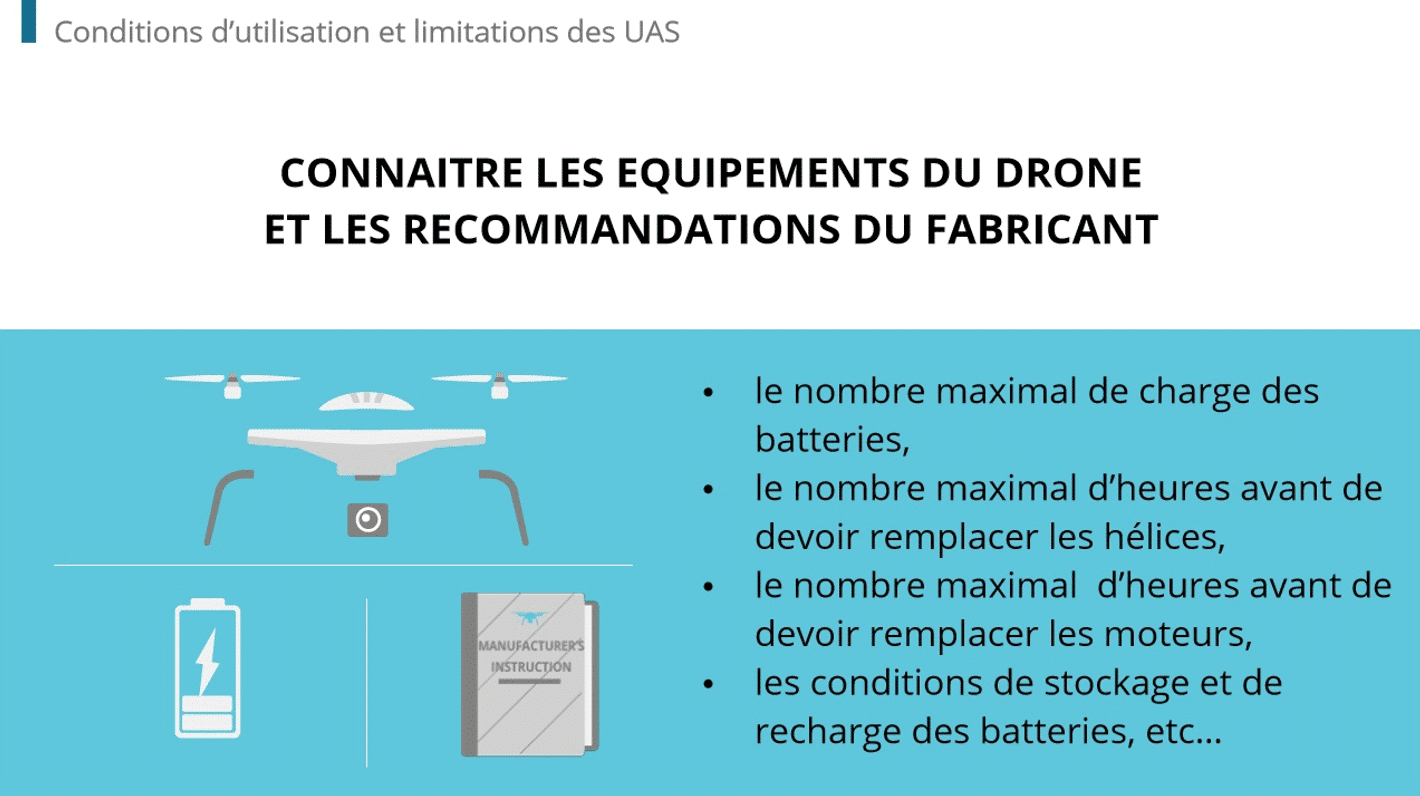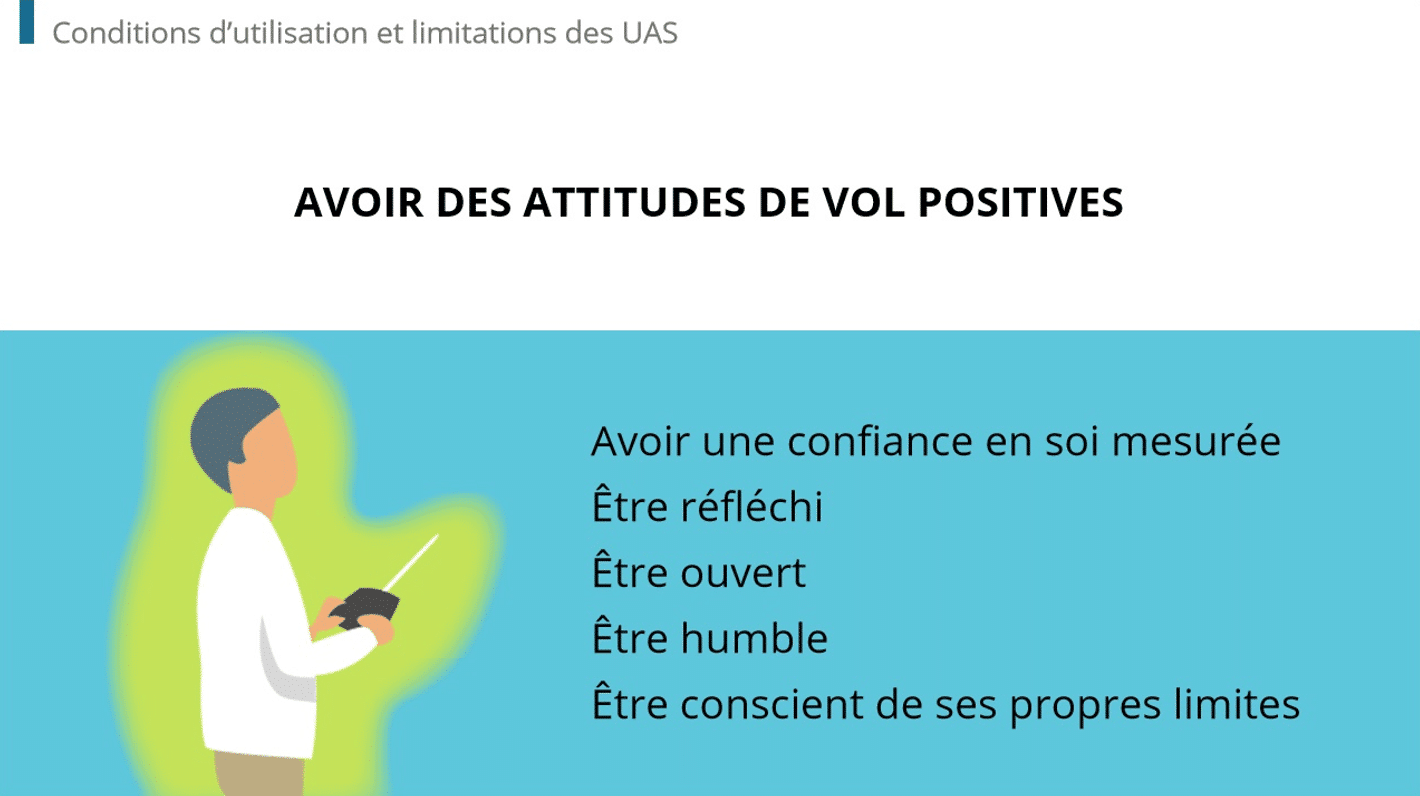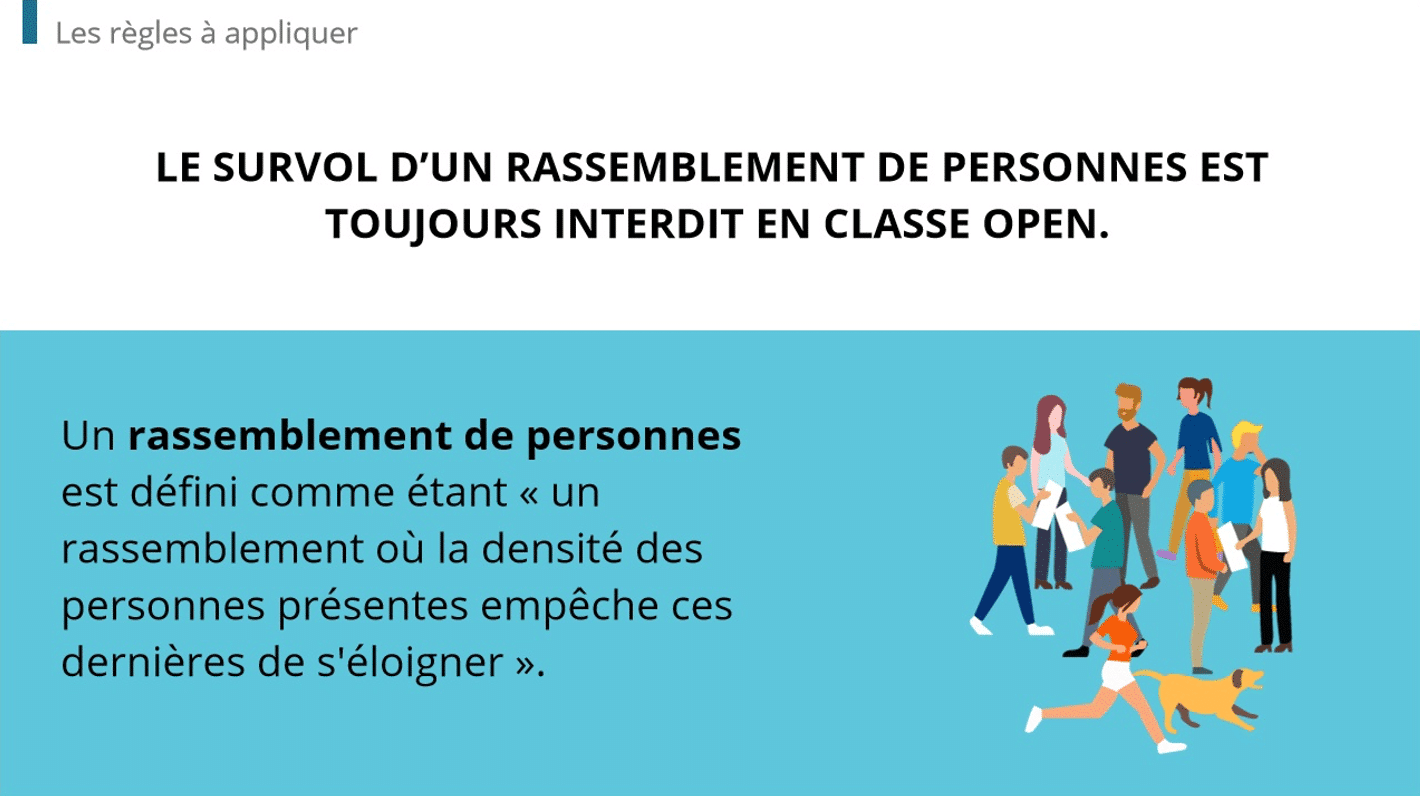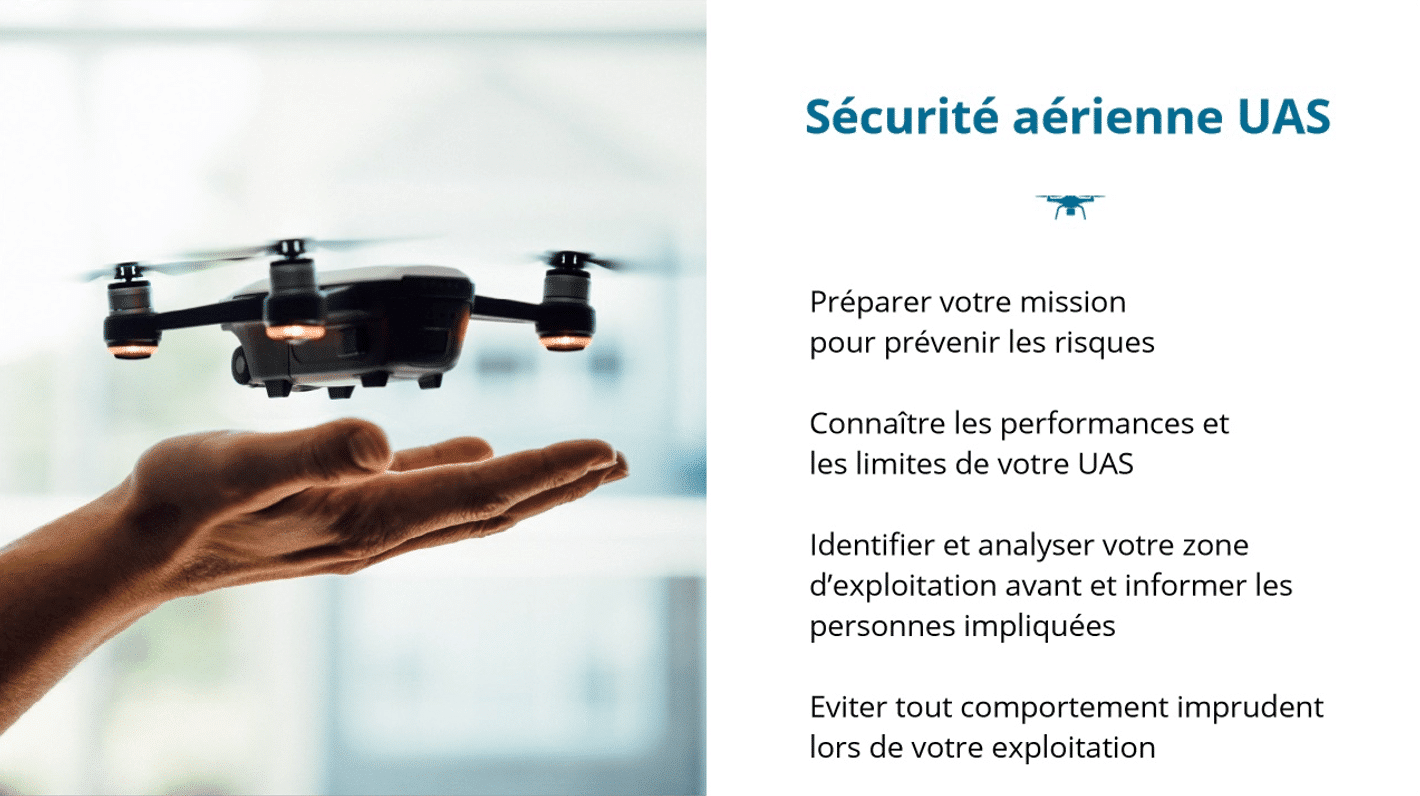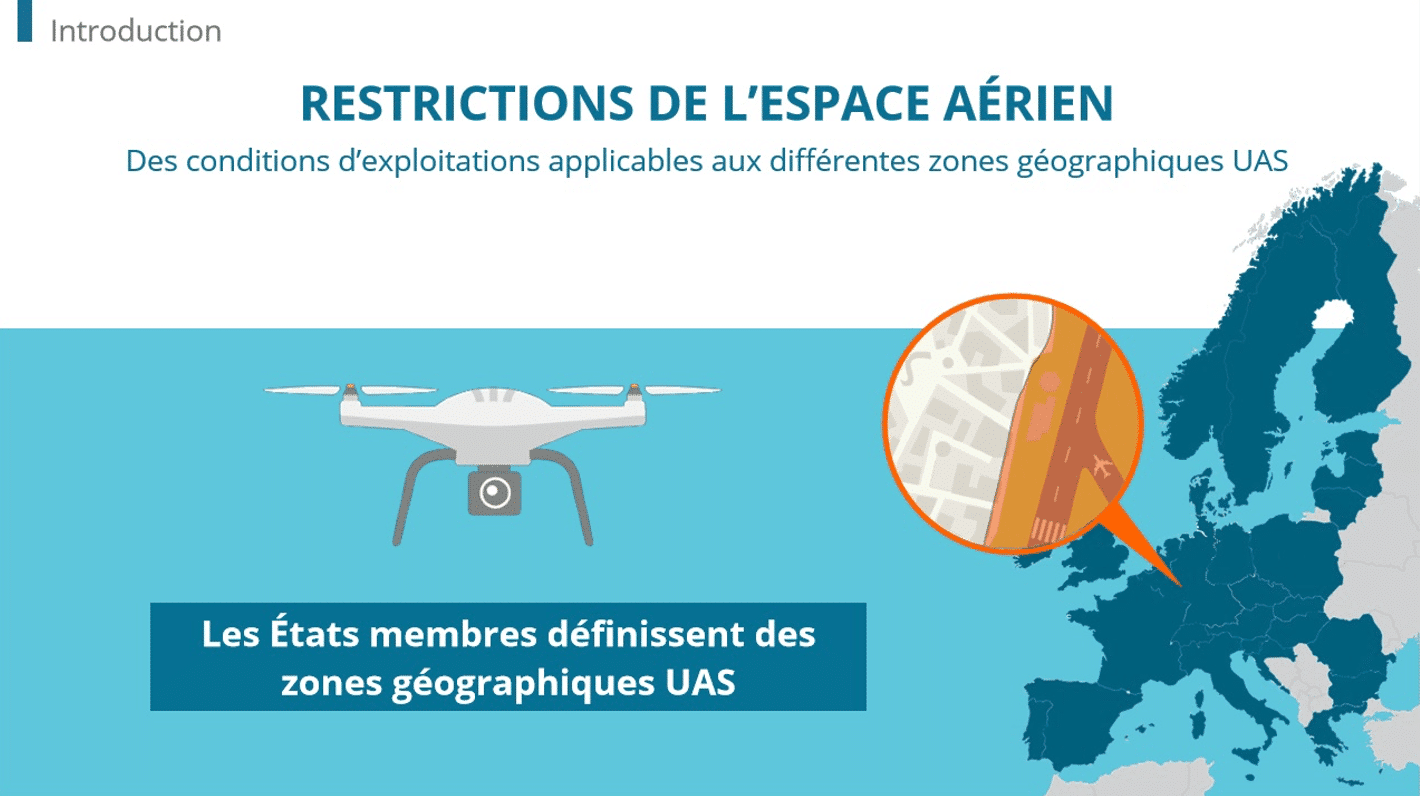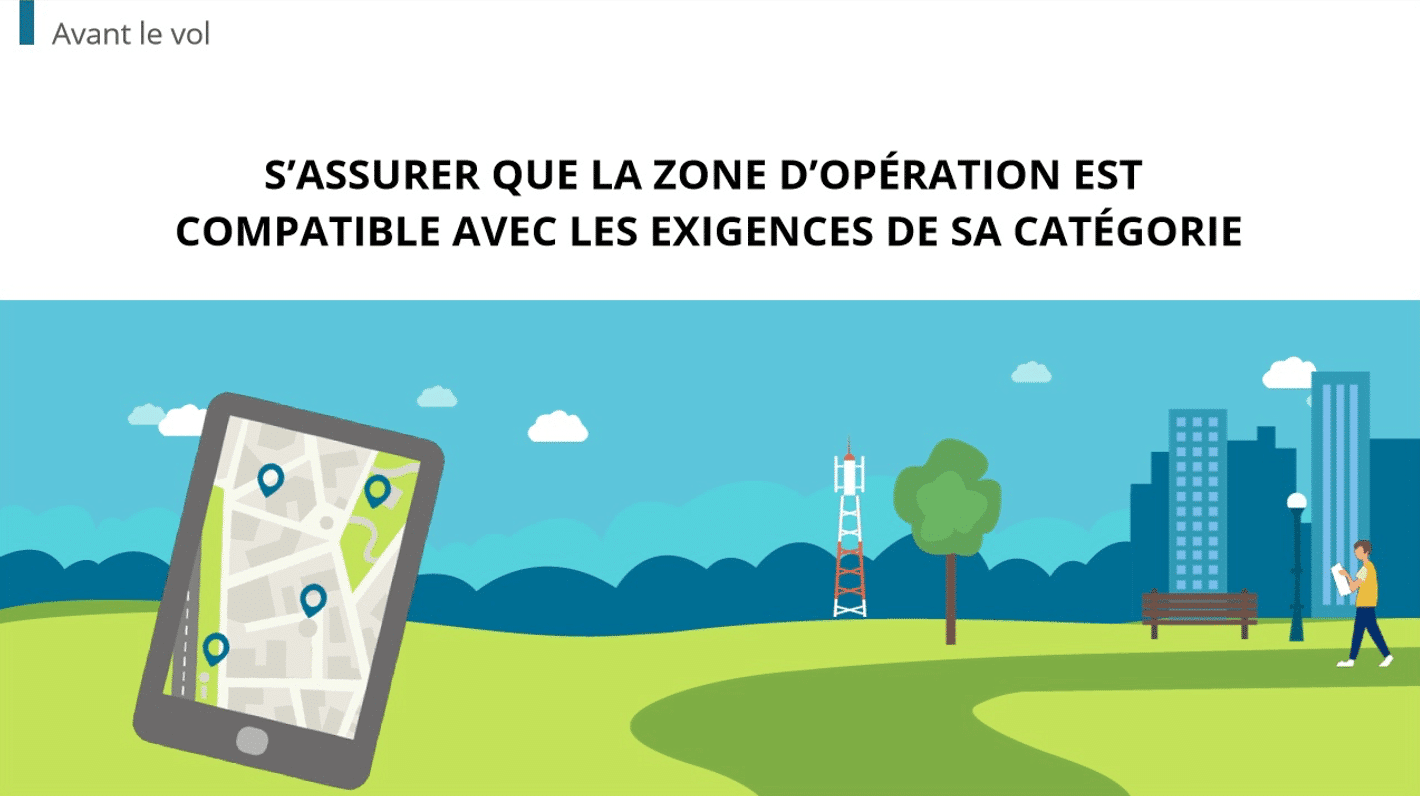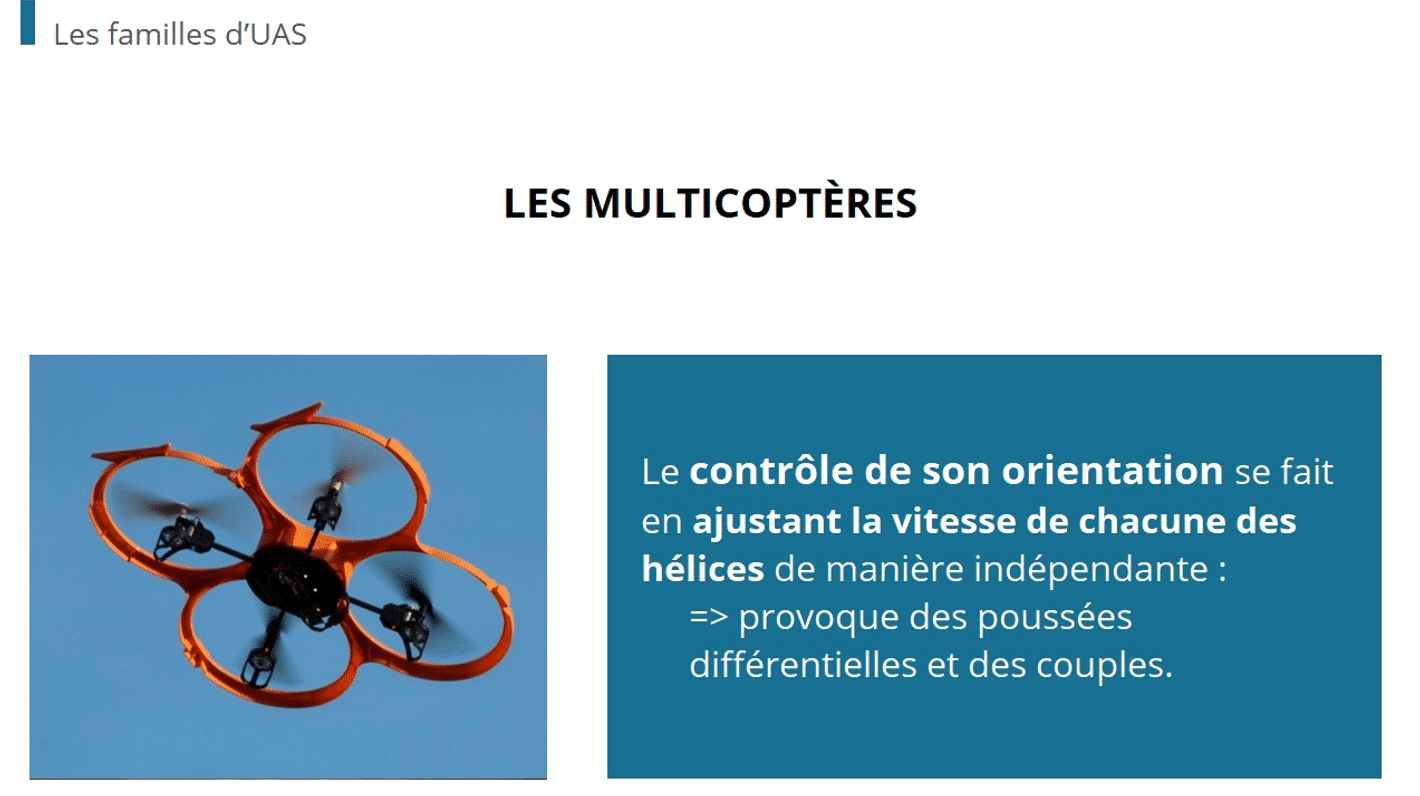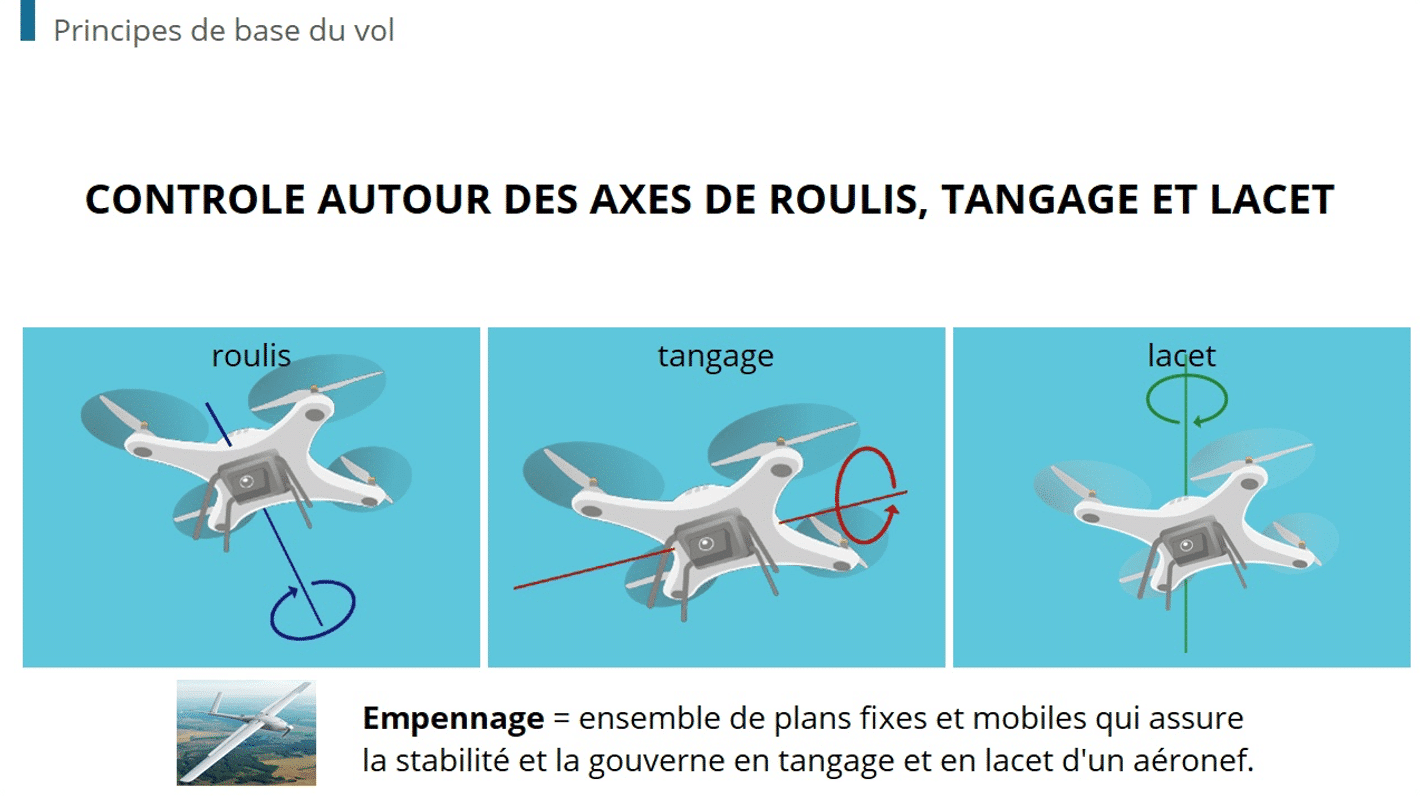The healthcare sector is one of the most heavily regulated industries, and for good reason. Protocols are in place at the federal and state levels to ensure patient safety, digital record safekeeping, and malpractice prevention. Regulations, though, appear left and right, with the Health Insurance Portability and Accountability Act (HIPAA) and The Patient Protection and Affordable Care Act (ACA) among others. It’s a big ask for already-busy healthcare workers to stay updated on the ever-changing regulations. On their end, healthcare companies can make compliance more digestible with regulatory compliance training delivered in an e-learning format.
Find out how HR can make compliance education accessible, convenient, and easy to learn for healthcare employees.
Pre-course introduction highlights
Prior to the course roll-out, release an introduction highlighting what learners can expect and why the training is necessary. The purpose of a pre-course highlight is to get healthcare workers motivated and understand why compliance training is in their best interest. Use statistics and real-life cases.
For example, for a course on HIPAA compliance, discuss its relevancy and the consequences of non-compliance. Outline a case like the Maryland-based Green Ridge Behavioral Health LLC. In 2019, the psychiatric clinic was fined $40,000 by The Department of Health and Human Services (HHS) after a ransomware attack revealed the clinic failed to enact cyber-security protocols that would have prevented the malware onslaught. Go a step beyond and explain how such an incident can affect employees directly (e.g. layoffs, reduced hours).
Digital record maintenance
In a 2021 report from the HHS Cybersecurity Program, 34% of healthcare organizations were the victims of a ransomware attack. Even when the ransom was paid, the targeted organizations were only able to retrieve an average of 69% of their encrypted data. The average ransom payment is $131,000. The total monetary loss from downtime, lost opportunities, and professional intervention is an average of $1.27 million per incident. Between 2016 and 2021, the personal records of 42 million patients were stolen, according to the National Library of Medicine.
This is precisely why HIPAA standards are in place. The guidelines outline safety practices when recording, retrieving, and archiving medical records. This includes updated best practices, such as:
- How to identify phishing scams
- Latest encryption protocols
- Practices when accessing records via personal devices
- Action plan in the event of a cyber intrusion
Test the learners’ knowledge. For example, present multiple similarly-written emails and have them identify the one likely to be a phishing scam.
Patient compliance education
According to the World Health Organization, just 50% of patients fully follow their doctor’s prescribed guidelines. Patient compliance, or medical adherence, refers to the patient’s ability to follow the doctor’s instructions. The compliance may be written, verbal, or a combination of both. While intended for patients, staff should get acquainted with the medical adherence measures. The more they understand it the better they can enforce it, address patient concerns, and answer their questions. Training can cover patient interaction, such as the questions to ask and the tests to perform during a follow-up visit.
Real-world scenario training
Train for realistic scenarios in a controlled and safe environment. Use webinars and virtual classrooms to conduct role-play and mock scenarios. Test learner reactions, gauge their assessment, and evaluate their recommended course of action. Scenario-based training can encompass varying scenarios involving doctor-to-patient and staff-to-staff interactions. This may include:
- Sexual harassment incidents
- Inappropriate conduct and propositions from higher-ups
- How to report witnessed violations
- Interacting with unruly patients
- Interacting with patients upon a poor prognosis
- Interacting with the patient’s family members
Telehealth best practices
Telehealth proliferated at the height of the COVID-19 pandemic and accounted for 30.2% of doctor/patient interactions in the second half of 2020. Even post-COVID, more clinics are incorporating remote appointments into their program. It can be a major convenience for the patient; for the doctor and staff, it reduces downtime due to late arrivals and canceled appointments. Compliance training can outline the best etiquette for remote patient conferencing. This includes but is not limited to:
- When to sign in
- Body language from the shoulder up
- Personal information that can and cannot be requested
- Office background and noise minimization
- Alternate modes of contact in the event of signal lost
Use built-in webinar features to incorporate role-play scenarios, with moderators interacting with learners in a patient role. This can be done in a group setting to save time, or in private one-on-one sessions for a more personalized training experience.
Dokeos is a one-stop compliance solution for healthcare companies worldwide
There’s a lot of ground to cover in healthcare compliance, from record safekeeping to patient correspondence. Dokeos LMS is a comprehensive solution that fosters understanding of compliance measures often steeped in overly formal, complicated, and jargon-heavy language. Our healthcare LMS includes ready-to-use course templates, medical conferencing, double-blind evaluation surveys, diagnosis tools, and more.
Since 2004, we have served over 250 healthcare organizations worldwide, providing live consulting, customized courses, and real-time analytics. Sign up for a free trial and become one of our trusted clients!






